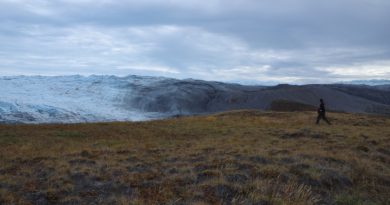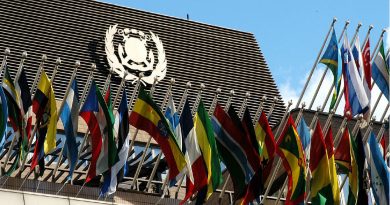Norway makes more money on oil than ever

It was a great year for Norwegian oil and gas, the country’s Petroleum Director Ingrid Sølvberg said in her recap of 2021. She did not mention the word “climate” even once.
There was an atmosphere of celebration when the Norwegian Petroleum Directorate this week made its annual presentation of shelf results.
Communication Director Ola Skauby had dressed up in one of his finest suits when he greeted the press a digital conference on the 13th of January.
Never before has Norway had this big revenues from its oil and gas industry. Demand and prices have skyrocketed and production remained at a high level.
“State revenues from the industry is on a historically high level,” Petroleum Director Ingrid Sølvberg said with a confident smile. “The export value from petroleum has never been higher, and especially natural gas contributes to the growth,” she explained.
In the last months of 2021, the value of Norway’s oil and gas exports amounted to more than 100 billion kroner (€10 billion) per month. That is almost three times more than in the same period in 2020.
In the course of the year, production of oil increased to 102 million standard cubic meters and natural gas to 113 billion cubic meters.
Norway has now extracted about 50 percent of all petroleum resources on its shelf, or about 50 billion barrels of oil equivalents.
And the country is hungry for more.
New field production ahead
A big number of new fields are to come into production over the next years and the country’s oil and gas extraction will remain on a high level until at least 2030.
In 2021, additional 510 million barrels of oil equivalents was discovered, the highest volume in several years. In 2022, up to 40 new wells are to be drilled, something that might additionally boost reserves, the Directorate informs.
And the Directorate wants to see drilling also in the remotest and least developed parts of the shelf, including in the Barents Sea.
“We in the directorate would like to see more wells in new and unexplored parts of the shelf further away from existing infrastructure. Because the chance to make new major discoveries is the biggest there,” Sølvberg underlined.
She pins great hopes to new resources in the Barents Sea, and especially the Wisting field. “We still believe that there is a considerable potential for new discoveries in the Barents Sea, and it is important that we continue to explore the region,” she said.
No mention of climate
The presentation of the shelf report was made on a day with extreme weather condition across Norway. Heavy rains and storms raged along the country’s coast and there were reported a big number of avalanches, flooding and major material damage.
But the catastrophic consequences of continued oil production is not on the agenda of the Petroleum Directorate.
The word “climate” was not mentioned even once in the presentation.
But Sølvberg underlined that Norway’s CO2 emissions from the oil industry is to be cut 50 percent by 2030 compared with 2005. A major share of the cuts will be made with electrification of shelf installations.
But it will be a very challenging task, Sølvberg admits. Figures from the Directorate show that the Norwegian oil industry in 2021 emitted more than 12 million tons of CO2 equivalents. And emissions are expected to increase in 2022.
Norway also pins great hopes to its climate gas capture and storage projects, among them the Longship CCS. According to the Petroleum Directorate, as much as 80 billion tons of CO2 can be stored on the Norwegian shelf.
Related stories from around the North:
Canada: Yukon Court of Appeal strikes down more claims in oil company’s lawsuit on government’s fracking ban, CBC News
Norway: Shipping, climate & business opportunities in the North: Q&A with the Arctic Economic Council, Eye on the Arctic
Russia: North Russian regions want extension of Arctic shipping route, The Independent Barents Observer
Sweden: Northern Sweden expects population boom from green investments, Radio Sweden
United States: Interior Department report calls for higher oil and gas royalties, Alaska senator Murkowski objects, Alaska Public Media



